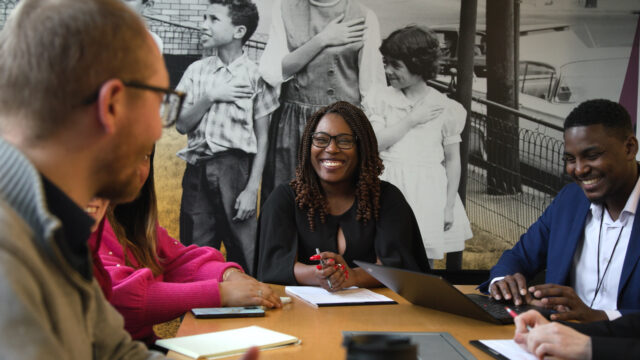In this blog, we wanted to share five tips for ethical video storytelling. These are lessons we’ve learned from doing this work for almost twenty years. There are certainly more than five tips – perhaps future blogs will feature others. But here’s the essence of what we’d like to focus on now:
When people make themselves vulnerable by telling their personal stories for the benefit of others, we are receiving a huge gift of trust. Reflection Films feels strongly that there are certain steps we need to take to make sure that this gift and the people who shared it are not being taken for granted and are not being exploited in any way.

If tears are shed naturally due to the power of the story being told, that’s understandable. We feel it’s problematic, though, if someone is cued in their interview to tell their story in such a way that:
One way to avoid the pitfalls in Tip #1 is to shine a light on people’s strengths. One question we always ask interviewees is “What are some things about yourself that make you proud?” People always respond enthusiastically to being asked questions like these. Yes, the person is accessing or has accessed services, but that isn’t due to character flaws. In many cases, it’s due to discriminatory systems and structures beyond that person’s control. We enjoy acknowledging and celebrating people’s accomplishments.
Whose stories are being shared? How are those decisions made? Whose stories are not being heard? Who might be being marginalized? For example, are there storytellers within your community whose native language might not be English? Could they be interviewed in their native language and then you include their stories with translation/subtitles?
It is very important to clearly communicate to all participants that they have agency in the telling of their stories. Clients who are accessing services (or who have accessed them in the past) may feel compelled to give answers they think you want to hear. If there are any questions they don’t want to answer, that’s totally fine. If they answer a question and then decide that they don’t want their answer to be used, that’s fine. We’ve had clients ask us years later to edit folks out of their videos, due to someone changing their mind. We understand and respect that.
Regarding visuals within videos, Mary Abeson from Women for Women International offers this idea “Reconsider your assumptions of who is the helper and who is being helped. Use photos of people in action, learning, or exercising a skill, and depicts subjects who are confident.”